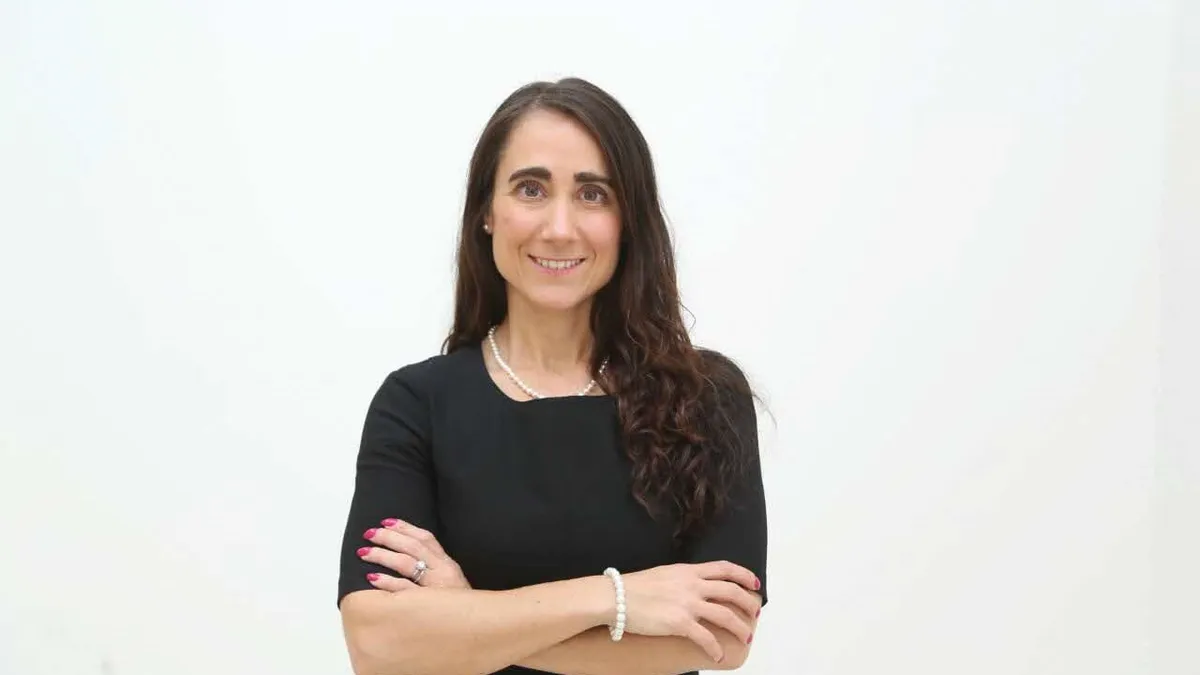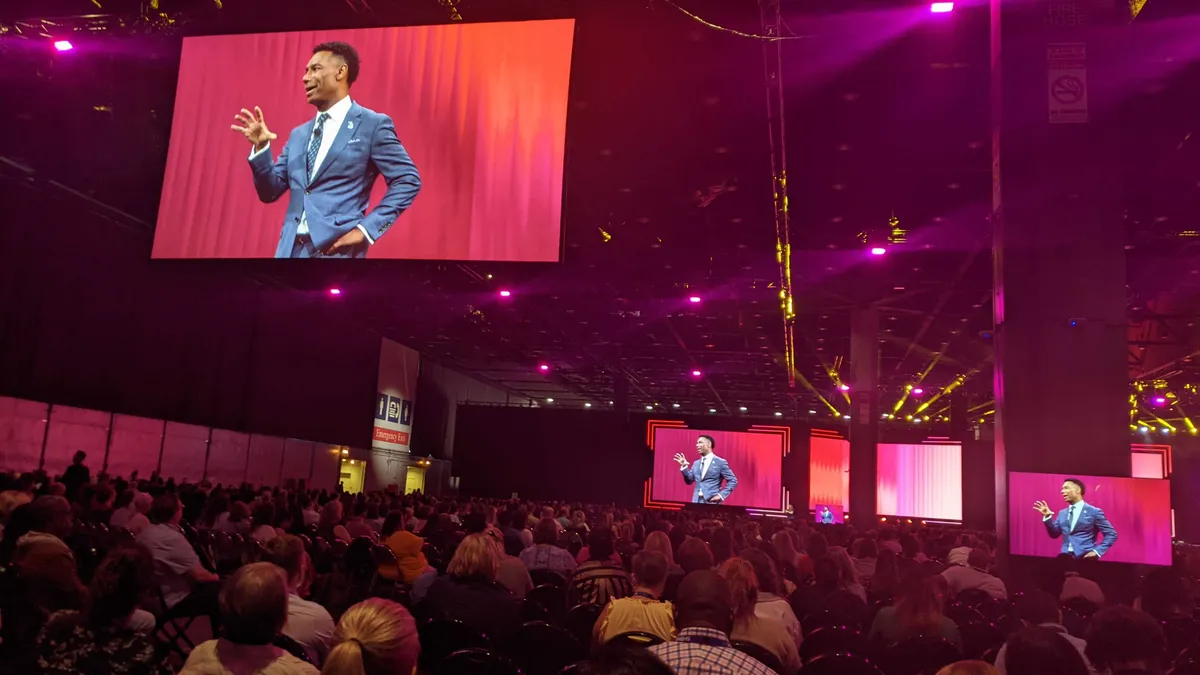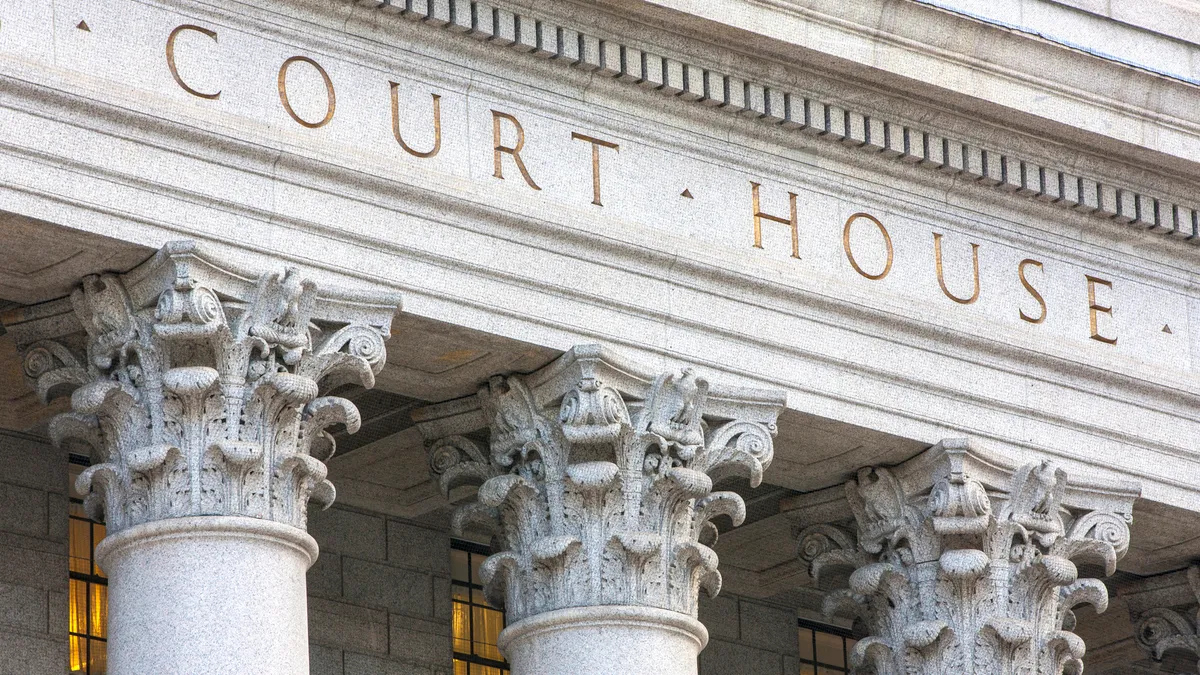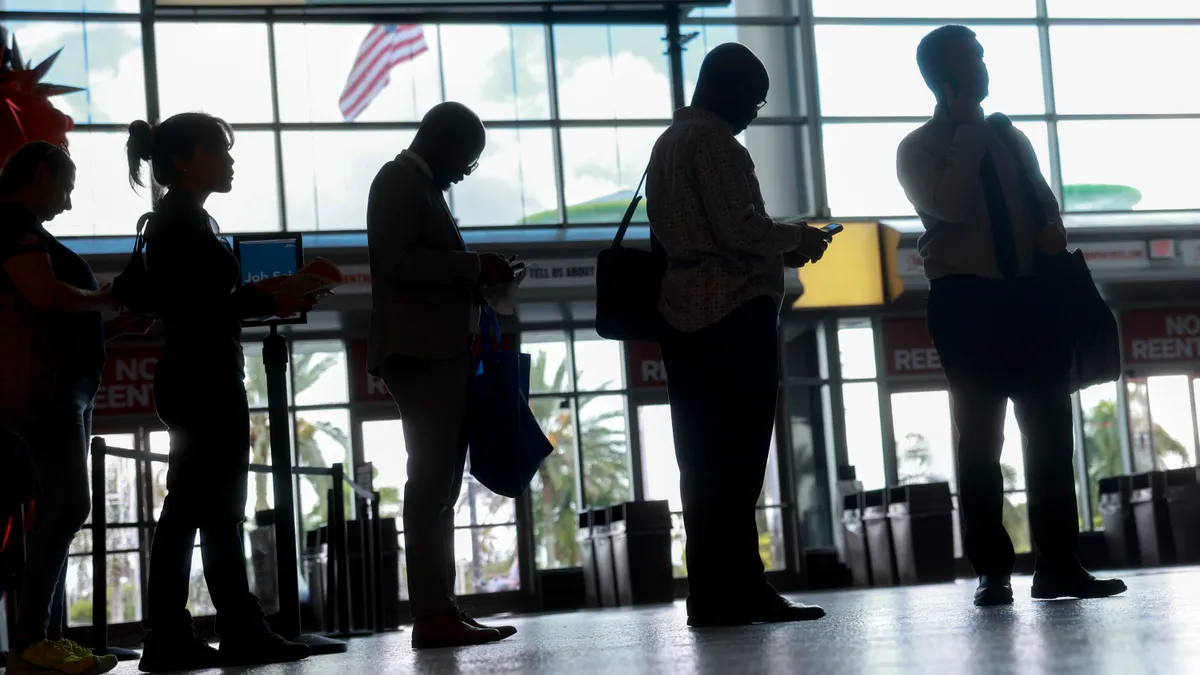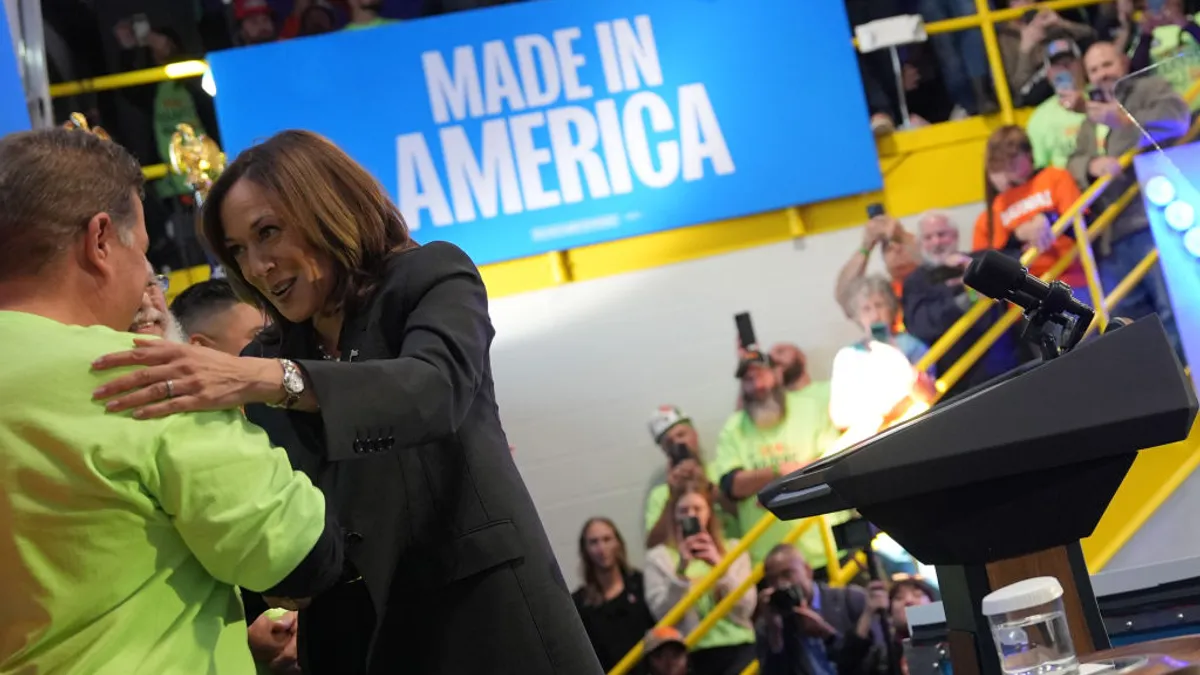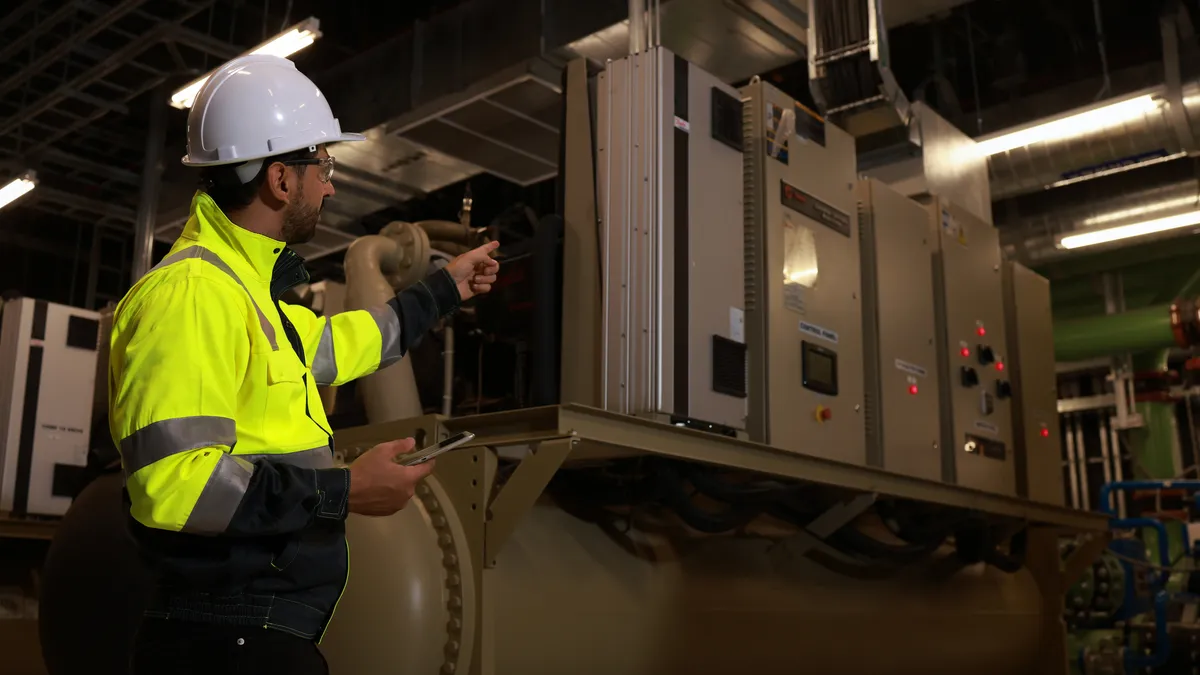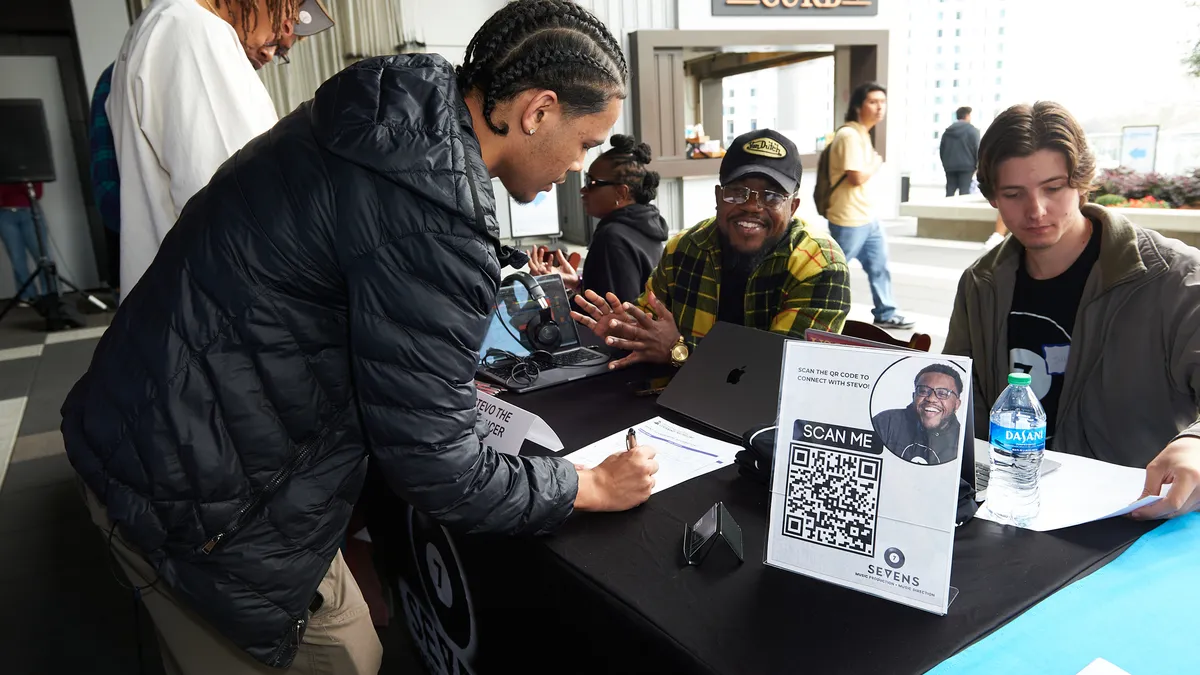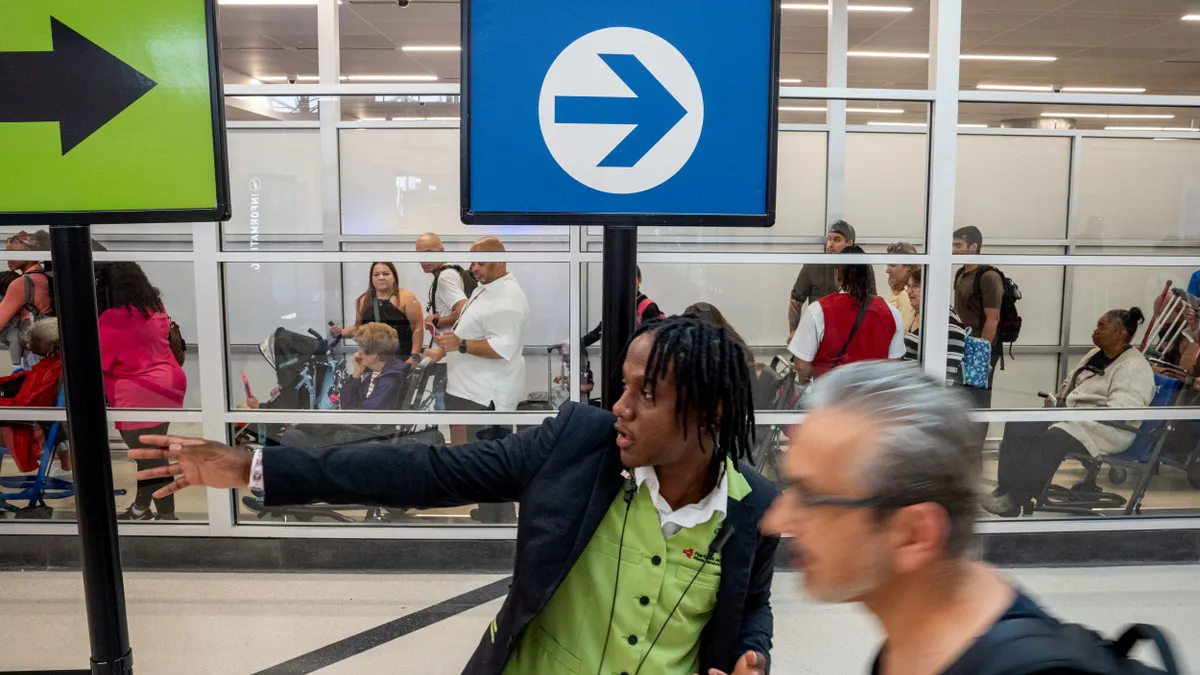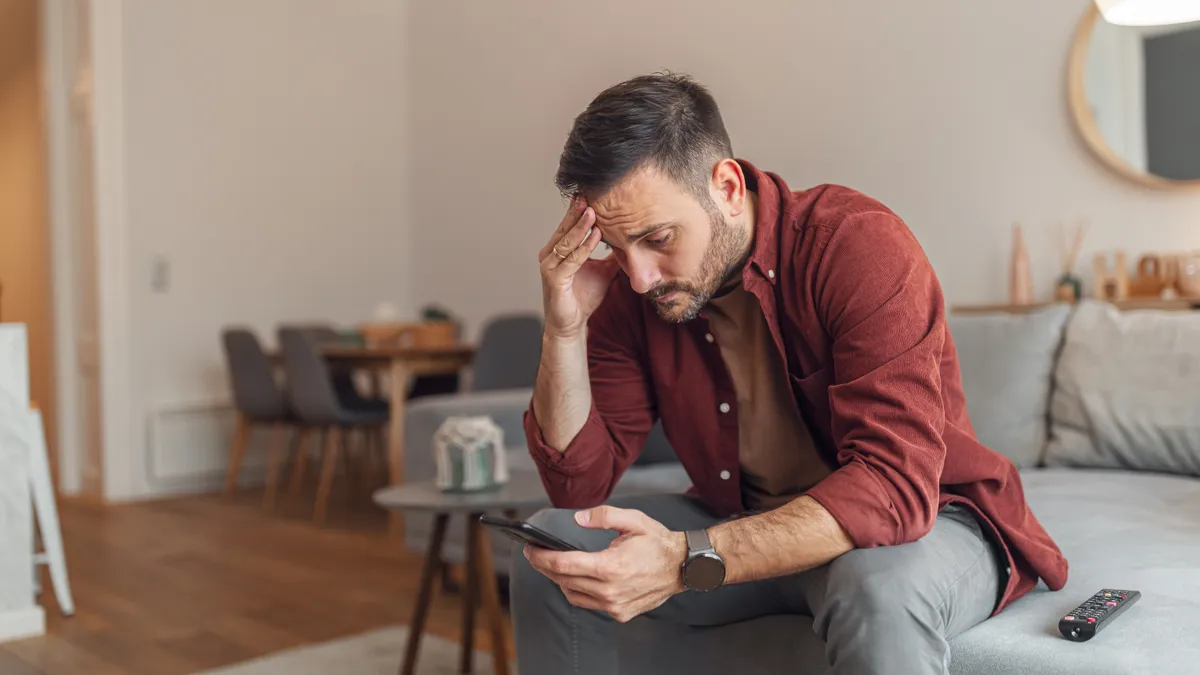After years in government affairs and writing health care policy, Mariana Fagnilli, a human rights lawyer by training, joined Liberty Mutual as vice president and director of its Global Office of Diversity, Equity & Inclusion. She leads the company’s global expansion of diversity, equity and inclusion practices, related partnerships and employee resource groups.
For 10 years, Fagnilli steered the Hispanic ERG at Johnson & Johnson. Her experiences in ERG management, corporate leadership and social justice are shaped through circumspection and balance, she told HR Dive, with “the organization to follow and the members to respond to” - challenges met by her unique history and Liberty Mutual's GODEI team.
More than 3 out of 4 workers prefer diverse companies, Glassdoor said in a 2020 report. About 4 in 5 Black (80%), Hispanic (80%) and LGBTQ (79%) job seekers and employees "report a diverse workforce is an important factor when evaluating companies and job offers," the report added.
Liberty Mutual has committed to increasing representation of women and people of color at all levels in the United States by 2025, aiming for one-third of its employees to be people of color and for more than half to be women.” Liberty’s DEI work has been recognized by the Human Rights Campaign, Forbes and other notable organizations in the world of work.
Fagnilli said diversity is about all of us, and that it’s important to both do the work and advance together. The long-time advocate for health and economic equities approaches that goal with a “day one” kind of excitement and motivation, shared during a recent interview, edited for length and clarity.
When and why did Liberty Mutual leaders decide to bring employee resource groups to the organization?
The company started working very intentionally on diversity and inclusion in 2013. Liberty believed that the ERGs would be integral to creating an environment where employees feel welcome, and extremely important to really drive change in the organization because they're a forum to bring ideas, and solutions to the challenges these communities face. From the beginning, ERGs have been an important component of our overall diversity, equity and inclusion strategy.
Tell us about Liberty’s ERGs.
Today, we have seven ERGs and over 9,000 Liberty employees are part of an ERG. And that's just in the U.S.
Liberty ERGs are integral to creating an environment where all employees feel welcome and can bring their whole selves to work. This leads to greater employee engagement, productivity and opportunity for greater innovation. Our ERGs were created to celebrate culture and community, to lean into the work of the organization and to evolve together — but also, to connect talent practices for unique opportunities and business success.
What does equity mean at Liberty Mutual?
Liberty Mutual defines equity as fair treatment, access and opportunity for employees of all backgrounds and cultures. It includes identifying and removing possible institutional barriers that may prevent full opportunities and participation for all.
The company added the ‘E’ to it’s initial D&I focus. What prompted that change?
While our early years focused on awareness and action around diversity and inclusion, to reflect our commitment to fair treatment, access and opportunity for all, we expanded the name of the Global Office of Diversity & Inclusion in December 2020 to include equity. We are [now] the Global Office of Diversity, Equity and Inclusion (GODEI).
Although the idea and strategy of equity is not new to GODEI, naming it served as an important reminder: Diversity and inclusion are not limited to certain groups of people. Diversity is about all of us and equity is for all of us.
We emphasized equity as we were looking at our systems, to ensure all employees can grow and advance their careers. Our senior leaders have worked hard to put the right foundational pieces in place for further growth in DEI.
How does Liberty Mutual measure the work of its ERGs?
It is confirmed by survey and by research that employees who are part of a business group show greater engagement to the organization, and we see that.
Able@Liberty has been our fastest growing ERG, seeing more than 4,500 members in 2021. Focused on building awareness and creating an internal community of employees and allies, this ERG supports those with disabilities and tackles stigmas around mental health.
LEADA@Liberty (Liberty Employees of African Descent and Allies) has delivered educational events focused on community, equity and allyship, highlighting employee testimonials and external speakers, leading to 22% membership growth from 2020 to 2021.
Liberty’s strategic partnerships help a lot. Our DEI portfolio includes partnerships aimed at leadership development for underrepresented talent. Among those are the Executive Leadership Council – a leadership development organization focused on the development of black executives; Ascend, the largest Pan-Asian business professional membership organization in North America; and the Hispanic Association on Corporate Responsibility the nation’s leading nonprofit organization for Hispanic/Latino individuals in corporate America.
How have ERGs evolved in recent years, and how is Liberty Mutual capitalizing on that shift?
ERGs have changed their name over the years to evolve, in a way, from affinity groups to employee resource groups to business resource groups.
In phase one, it was about that affinity that members of the community had that brought them together. [It was about] bringing awareness about the culture and the community, [and] connecting the organization with that community. In the second phase of evolution, the ERG becomes reality, because now it is connected to HR practices. Now the organization starts to know about us as a community, and the added value we bring to the organization. The ERG helps the organization hire more people from those communities, and the organization helps ERGs with specific development because we bring this unique value to the organization. Stage three is becoming a business resource group. It's when we start to mature, both as an organization and as an ERG in our connection to the business.
This is when ERGs start linking to organizational goals like supplier diversity and multicultural marketing campaigns, providing input on return-to-work [policies], and what that should look like, because every community may have different needs and preferences in the new path forward. At Liberty, we are in between phases two and three, transitioning from ERGs to BRGs.
How has allyship contributed to the success of Liberty’s ERGs? Who are allies?
We actually have a definition of allies that has evolved throughout time. Allies will be champions [and] will speak for those who don't have a seat at the table. Allies are core to the work of the ERGs. Without allies, they couldn't do it. Allies listen to learn from our experiences and are open to continuously growing in their allyship, because it's not "one and done." You don't go and become an ally suddenly. It's a growth journey for them, too. Using voice and power to their advantage to elevate and amplify, expanding that network — it's critical to how we identify allies at Liberty.
Our ERGs are open to all employees. Anyone can be a member of any of the ERGs as an ally, and Liberty puts allies front and center in the ERGs. We rely on them to help drive diversity and inclusion within the company. Sometimes organizations leave ERGs to do things on their own, and that can create problems, because the work is impossible without allies.
The company recently established a multicultural advisory council to help empower and amplify the work of its ERGs. Will you share more about that?
ERGs advise the organization in many different ways and bring great value to Liberty. They influence everything. It was necessary to elevate them, and give them a forum. To leverage that, we created a multicultural advisory council in Q3 2021. The council helps us leverage the strength of our ERGs, and provides data perspectives, expertise, insight and guidelines to the organization for internal decision making efforts.
As we socialize the council, it’s become a resource to the entire organization. Whether it's benefits or health and wellness, our employee engagement group or the accessibility council, what we’re hearing is people just want to be connected. When these departments are looking at new vendors or benefits or policies, they're coming to the ERG for advice and support. Really tangible things that are coming out of this work.
What are some 2022 benchmarks for Liberty’s ERGs?
We are going to continue this journey, elevating and linking the work of our ERGs and connecting their insight into our strategy, so that we can serve members where they are. We’ll continue to support the launch of locally relevant ERGs, expanding the work of our U.S. ERGs because we are growing in different markets around the world.
We do this by identifying niche markets and asking ourselves what they need. Underrepresented talent in different countries could have different needs and we want to be sure to respect and respond to that.
Liberty Mutual’s U.S.-based ERGs have built a community of inclusion for employees in London, Northern Ireland and across the world who need connection to their communities. We’ll continue to eliminate barriers and challenges and really bring ERGs all together in alignment with the business, to really advance the work that their members are hoping to see.


